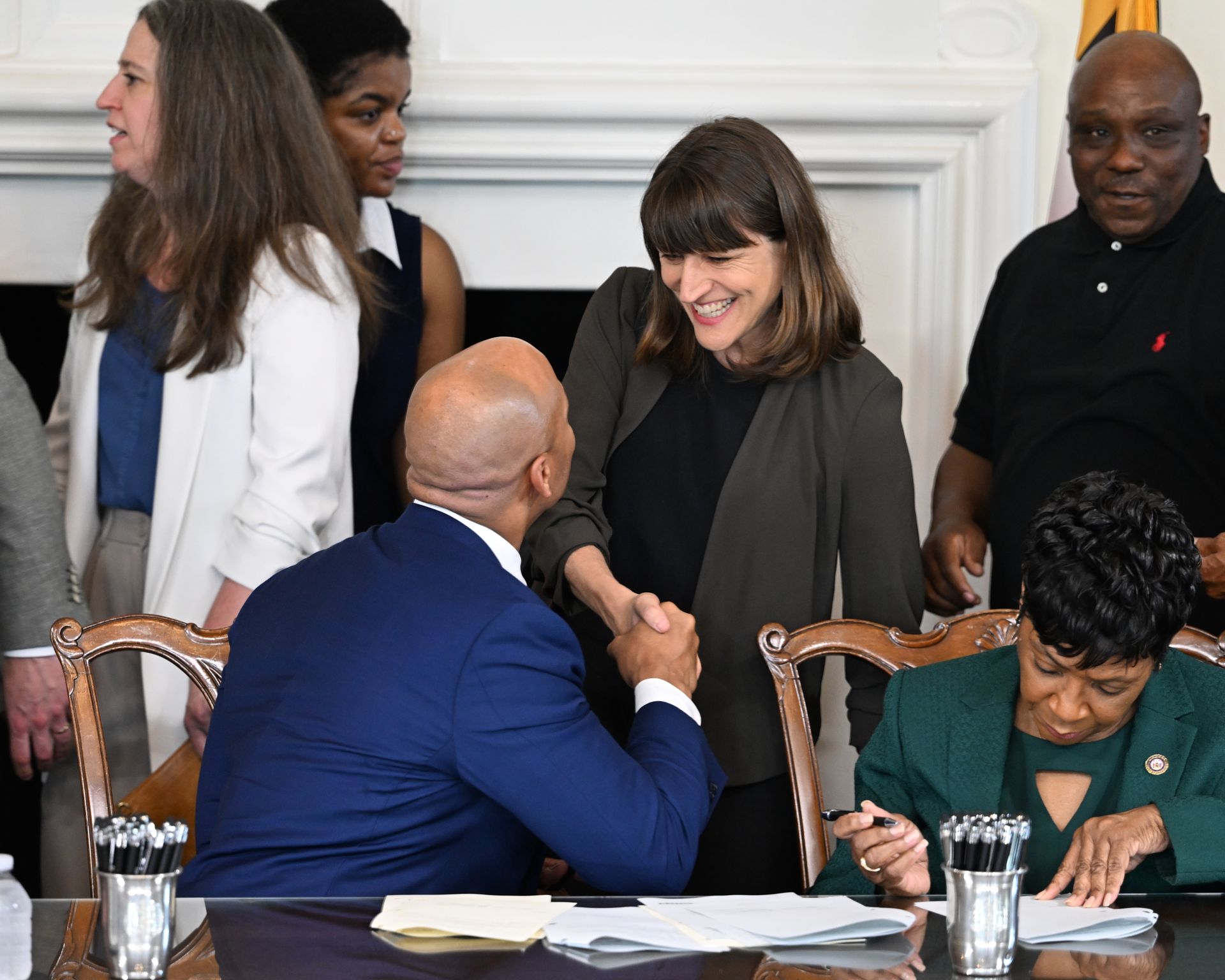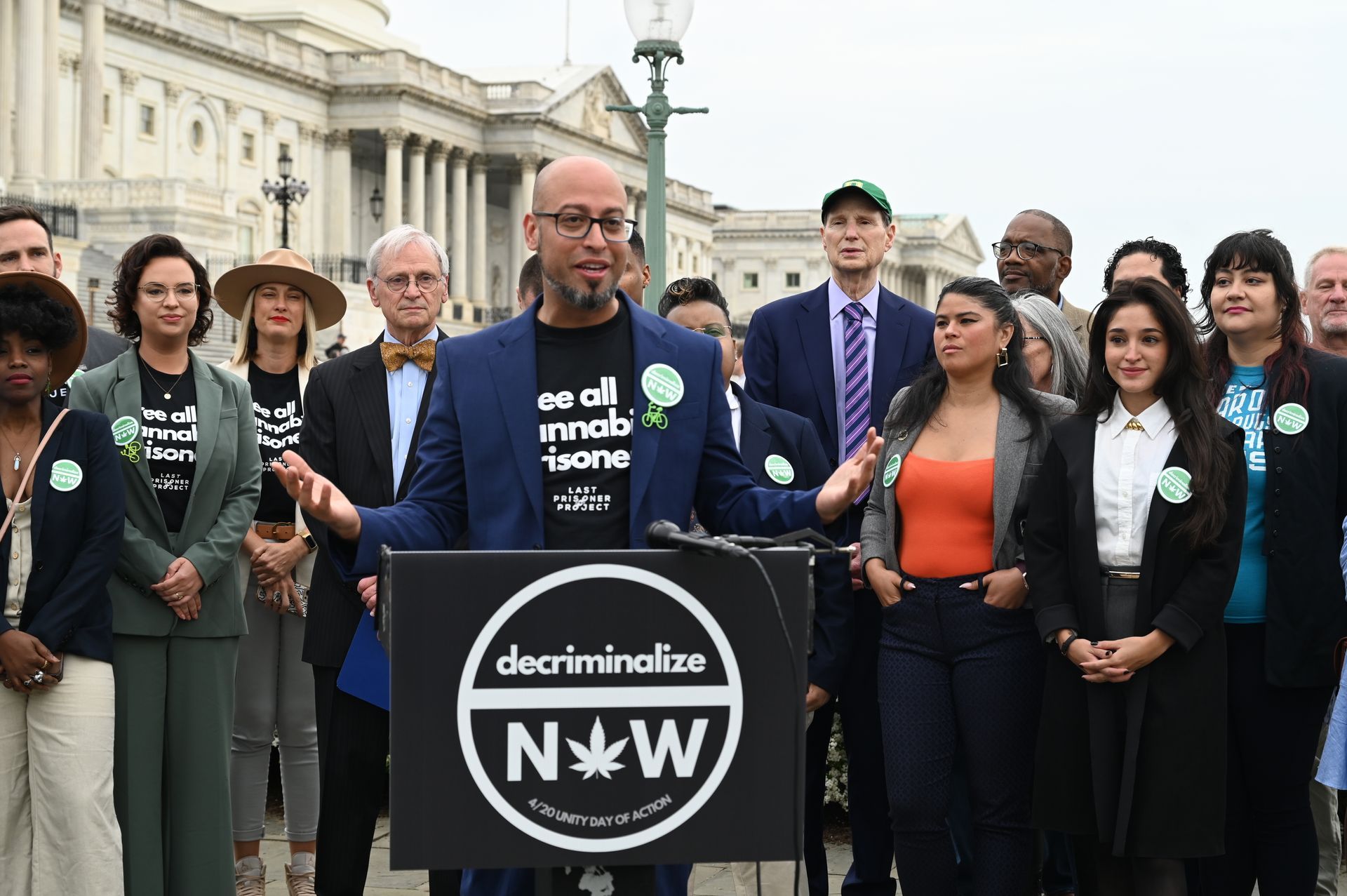Prisons are failing to protect inmates from coronavirus
2,818 Confirmed active cases at 52 BOP facilities and 23 RRCs (Image provided by BOP)
As states begin to reopen just weeks after the coronavirus forced the country into quarantine, correctional facilities continue to be the nation’s most common breeding ground for the virus. To date, 2,818 federal inmates have tested positive for COVID-19 according to the Federal Bureau of Prisons (BOP). This total does not include inmates with cases not considered “open,” such as the 1,288 federal inmates who have recovered from COVID and the 50 federal inmates that have died as a result of COVID. Nor do these numbers account for inmates participating in the Federal Location Monitoring program or inmates held in privately managed prisons. On the state level, there have been at least 20,236 cases of COVID reported among inmates and at least 312 deaths. The numbers provided by the BOP likely understate the true figure of COVID cases and total death toll, as unconfirmed cases are unaccounted for and there is a widespread lack of testing in correctional facilities.
Since Attorney General Barr issued his March 26 Memoranda instructing the BOP to “prioritize home confinement as an appropriate response to the COVID-19 pandemic,” the federal BOP has placed 2,471 inmates on home confinement — an increase of 87.5%. However, many state prisons have chosen an alternative path — mandating that inmates serve the entirety of their sentence, leaving them to intermingle and risk death instead of being released.
In late April, inmate Tiffany Mofield died of COVID after begging to be let out of a locked shower, saying that she “could not breathe” at New Jersey Prison, Edna Mahan Correctional Facility. When Mofield began having symptoms of COVID, instead of being hospitalized, she was briefly placed in the prison infirmary and was given cold medicine and an over-the-counter inhaler. She was then forced to go back to the general prison population before she had recovered. Although Mofield was still experiencing shortness of breath, extreme fatigue, and respiratory distress, prison officials transported her to a small shower where she was locked inside with no emergency call box. After a few minutes of pleading with officials to release her from the shower, Mofield passed out and was found unconscious. She died as paramedics arrived. Mofield was almost done serving her five-year sentence.
Also in late April, Andrea Circle Bear became the first female federal inmate to die of COVID, just weeks after giving birth while on a ventilator. Last week in Michigan, inmates testified that officers had threatened to put them in the COVID-infected area as punishment. Incarcerated constituents of the Last Prisoner Project have reported being locked in their cells for days at a time, officers hoarding supplies like toilet paper, and being forced to hand-make masks out of underwear — the only viable elastic source — as facilities continue to deny prisoners access to basic hygiene products. In many state prisons, hand sanitizer is still considered contraband. The conditions inside jails and prisons during the pandemic have led some inmates, civil rights groups, and advocates to file lawsuits against the facilities.







